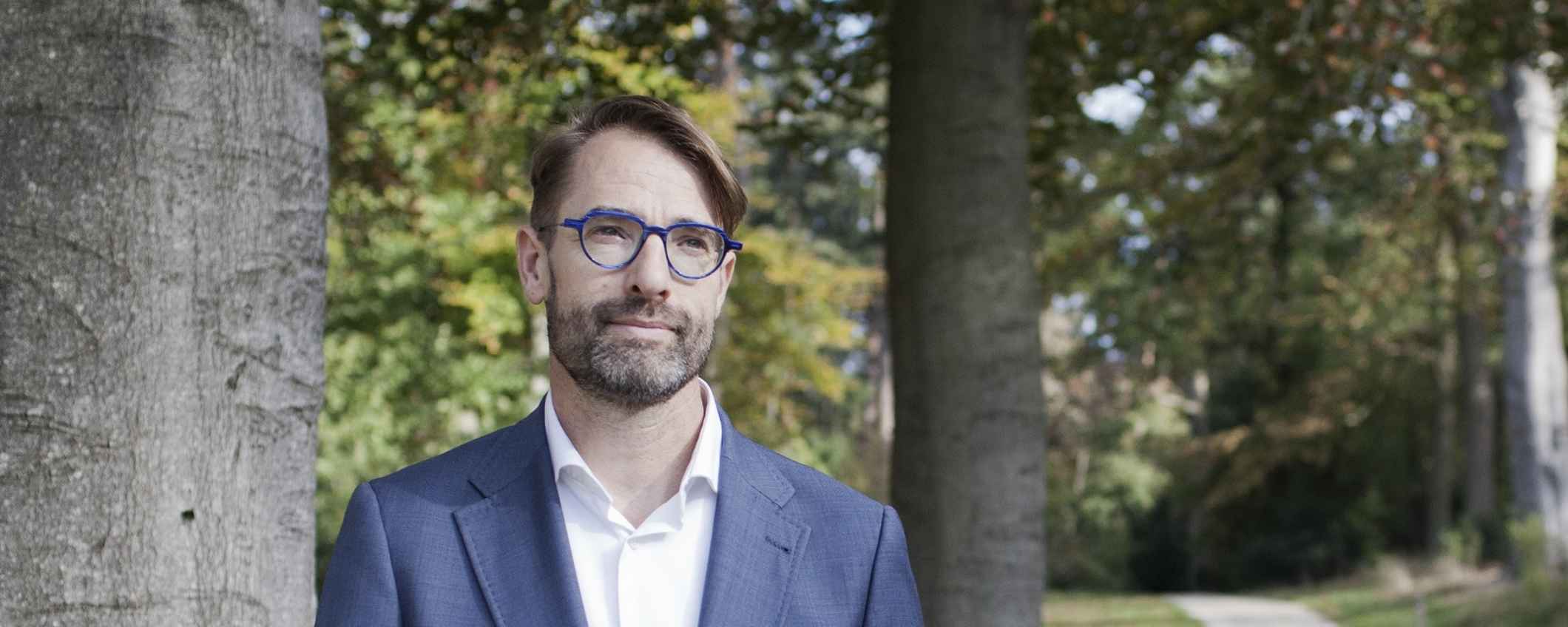Forget about it.
So don’t say
that we want to be fully circular.
Because the reality is
that it is too late to become circular.
And distrust those who say:
we need to make our world circular
Because we have no choice.
PBL, the Netherlands Environmental Assessment Agency, has been measuring and thinking for over a year, but came to a sobering and inescapable conclusion: we are not getting anywhere yet with the circular economy. The recently published Circularity Gap Report merely confirms this, showing that the world is only 8.6% circular. And, most worrisome, both reports indicate that we are only using more and more raw material.
I believe that what it comes down to is that we are trying to get a square peg into a round hole: it will not fit. And if we do not make that square peg rounder, it is never going to fit.
Making our economy more circular is very important for at least three reasons. First, it helps to reduce carbon emissions. Using fewer natural resources, burning fewer fossil fuels and replace them with renewables is a crucial part of the climate agenda. Second, using less from nature gives nature the chance to breathe and recover. Biodiversity loss is foremost caused by economic extractive activity. Reducing the use of natural resources is the only way to restore nature.

A third reason for the importance of circularity, is that recovering and reusing materials are necessary for a sustainability transition. We need for instance steel, cobalt and rare earth metals to be able to generate renewable energy, develop sustainable technologies, and build sustainable infrastructure. The sustainability transition will be material intensive. It will only succeed if it is based on circular principles.
The idea of a circular economy is quite simple: use as little raw material as possible and derive as much value as possible from all that we do have within our economy. Big strides can be made for instance by using products longer and by replacing non-renewable materials by renewable materials. Currently, we are merely using raw materials more efficiently and doing a bit of recycling. Instead of making it more circular, we’re only creating a stronger, more efficient linear economy. A linear lock-in.
And that makes sense. Our economy is set up to produce and sell as much as possible as efficiently as possible. All in aid of economic growth. In a circular economy, however, you try to do the opposite: you want fewer new products, make optimum use of everything that is being used and reuse as much raw material as possible.
And that is hard to fit into our system. For instance, we have no idea yet what value to put on longer and better use of products. Because that doesn’t count as profit or growth. And substitution by renewable material is all very well, but ultimately often results in increased use of primary raw materials. And less production means less profit. Many believe that the product-as-a-service model is the answer. But if the service model produces more profit, then this means that it is more expensive than making a new product. So, that means it is less efficient. What sort of economy does that fit into?
There is only one solution: to change the rules. File the sharp corners off the square peg. Extend the warranty period for all products. Think seriously about alternatives to private ownership rights. Introduce refund systems for everything that people throw away. Put a price on external effects. This comes down to a drastic, huge and ambitious overhaul, making the economy rounder through innovation within new frameworks.
Read those first lines again, from bottom to top. Let’s make sure that the economy really does become round. Because we have no choice.
This is a translation of Hans Stegeman's column in Het Financieel Dagblad, published January 26th, 2021.
Read Hans' previous column 'The inequality accelerator'

